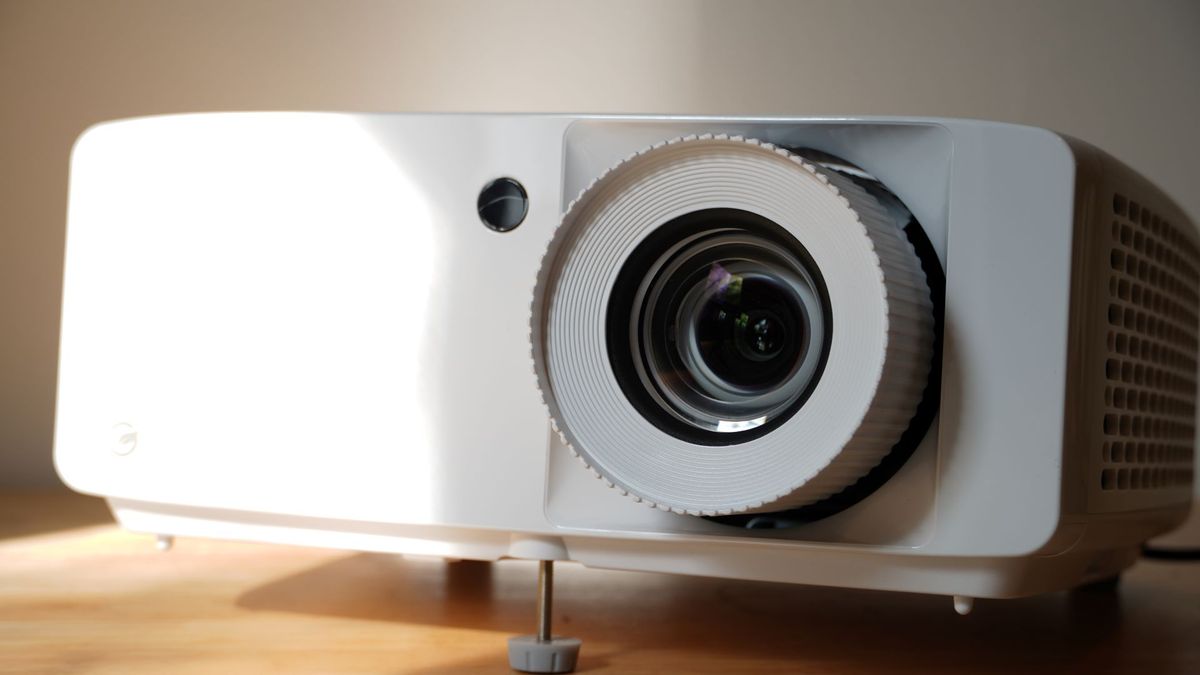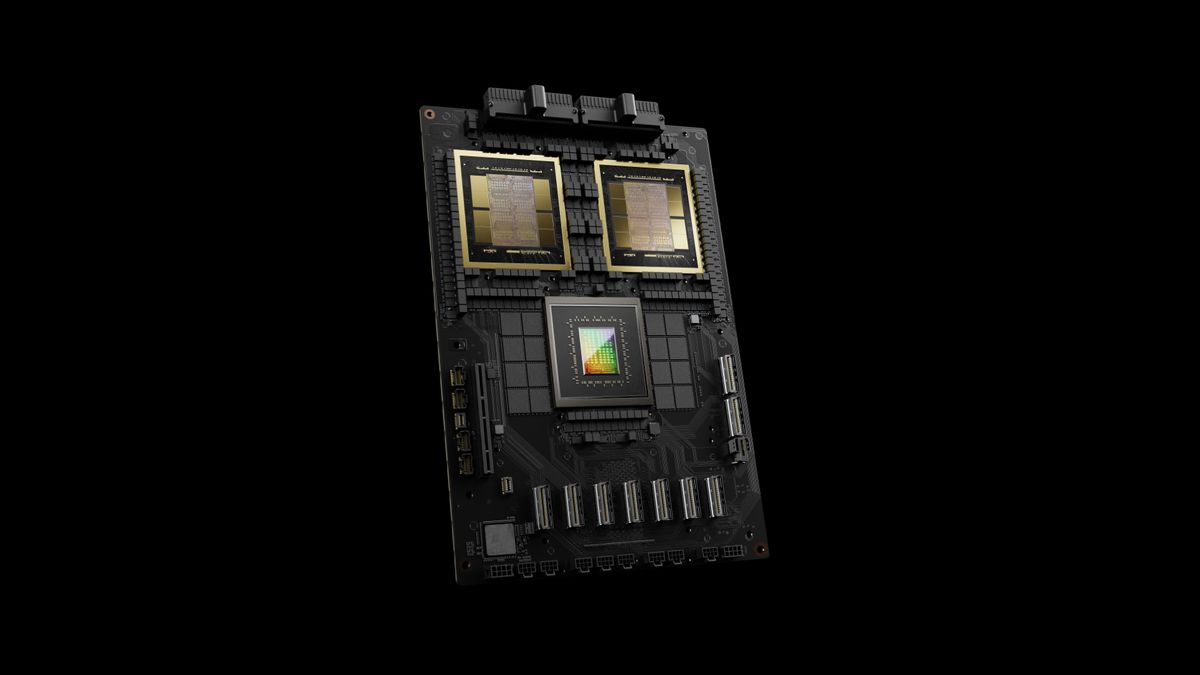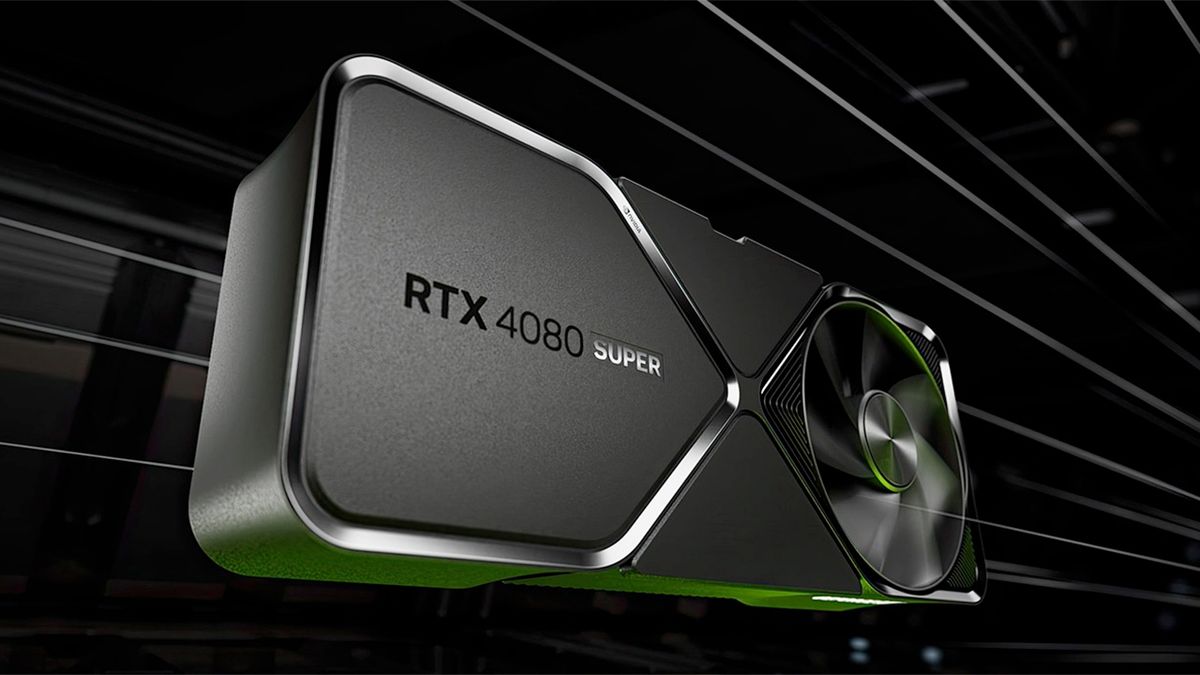Lo and behold, Jensen Huang finally lifted the veil off the RTX 5090, RTX 5080, and the RTX 5070 family last night with the first two set to arrive on January 30, while the RTX 5070 series is slated for February. Compliant with US export restrictions, the firm also announced a China-exclusive RTX 5090D, which surprisingly retains most of the specifications as its global sibling — unless you're an AI enthusiast.
The RTX 5090 is built using Nvidia's Blackwell architecture featuring the flagship GB202 chip with 170 Streaming Multiprocessors enabled for 21,760 CUDA cores. Nvidia has upped the VRAM capacity from 24GB to 32GB, while also employing faster and newer GDDR7 memory for 1.792 TB/s of bandwidth. US trade sanctions restrict any GPU with a TPP or Total Processing Power higher than 4,800 from being sold in China. The Ada-based RTX 4090 exceeded this limit by a small 10%, forcing Nvidia to introduce the RTX 4090D to the Chinese market.

Per Nvidia, the RTX 5090D shares specifications that are virtually identical to the global RTX 5090, even down to the base and boost clock speeds. The only discrepancy exists in AI performance which has been dialed down from 3,352 AI TOPS on the RTX 5090 to 2,375 AI TOPS on the RTX 5090D; a 29% reduction. The RTX 5090D operates at the very edge of US export guidelines with a reported TPP hitting 4,750, only 50 points below the limit. Nvidia's previous sanctions swerving by the narrowest margins caught the eye of the U.S. Commerce Secretary, Gina Raimondo. It will be interesting to see if the RTX 5090D hits China retail without further silicon snips.

Blackwell brings hardware support for the FP4 data type while delivering a significant bump in compute performance per tensor core. With DLSS 4's Multi Frame Generation feature exclusive to the RTX 50 series, outright disabling support for certain datatypes on the SM level seems unlikely. Despite the apparent setback, the RTX 5090D can push 31% more AI TOPS than the RTX 5080. Hence, we doubt the performance delta between the RTX 5090D and the RTX 5090 when using AI-accelerated technologies such as frame generation will be a huge concern.
All said and done, raw raster performance is unlikely to take a hit. Nvidia hasn't clarified the ins and outs of how the RTX 5090D meets export regulations, so we may need to wait for the whitepaper to learn more. The RTX 5090D is scheduled for retail in China on January 30, starting at 16,499 RMB ($2,250).

 1 week ago
8
1 week ago
8









 English (US) ·
English (US) ·